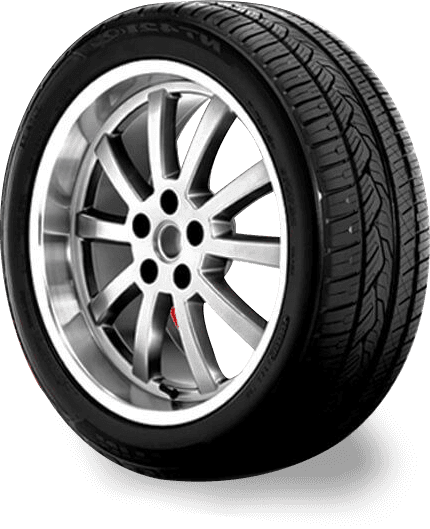
Nov . 09, 2024 13:12
Back to list
Natural Gas Equipment for Efficient Energy Solutions and Applications
Understanding Liquefied Petroleum Gas (LPG) Equipment
Liquefied Petroleum Gas (LPG), comprising mainly propane and butane, is a versatile energy source used globally for various applications, including heating, cooking, and fuel for vehicles. The efficiency and safety of LPG use highly depend on the quality and design of its handling equipment. This article will explore the key types of LPG equipment, their functionalities, and the safety measures associated with them.
Types of LPG Equipment
1. Storage Tanks Storage tanks are critical components of the LPG supply chain. They are designed to safely hold large volumes of LPG in a liquefied state under pressure. These tanks can be stationary, used at filling stations and distribution centers, or mobile, used for specific delivery needs. Proper insulation and safety valves are essential features to manage pressure fluctuations and prevent leaks.
2. Cylinders LPG cylinders are smaller containers that serve both residential and commercial purposes. They are portable and can be used for various applications, including home cooking and outdoor heating. Modern LPG cylinders are equipped with safety devices to prevent over-pressurization, including pressure relief valves and burst discs.
3. Piping Systems The infrastructure for transporting LPG from storage tanks to end-user devices involves a network of pipes. These pipes must be made from durable materials to withstand the pressures associated with LPG and must be installed with appropriate fittings to prevent leaks. Regular maintenance of piping systems is crucial for safety, as leaks can pose serious hazards.
4. Regulators LPG regulators control the pressure of the gas as it is delivered from the storage tank or cylinder to the end-user equipment, such as stoves and heaters. They ensure that the gas is supplied at a consistent, safe pressure suitable for the intended application. The choice of regulator depends on the specific requirements of the equipment being supplied.
.
Safety Measures
معدات غاز البترول المسال

Given the flammable nature of LPG, safety is paramount when using LPG equipment. Here are some essential safety measures
- Regular Inspections Regular inspections of tanks, cylinders, and pipes are vital in ensuring equipment integrity. This includes checking for leaks, corrosion, and other potential hazards.
- Leak Detection Systems Installing gas detectors can provide an additional layer of safety by alerting users to the presence of leaks before they lead to dangerous situations. These alarms should be routinely tested to confirm they are functioning effectively.
- Training and Certification Personnel involved in the handling of LPG must undergo proper training to understand the risks and management strategies associated with LPG. Certifications should be up-to-date to ensure that all employees are aware of the latest safety protocols.
- Emergency Response Plans Businesses utilizing LPG should have a well-documented emergency response plan that includes procedures for dealing with leaks or fires. Training staff on what to do in an emergency is essential to minimize risk.
- Personal Protective Equipment (PPE) Workers handling LPG equipment should wear appropriate PPE, which may include gloves, goggles, and flame-resistant clothing, to protect themselves from potential accidents.
Conclusion
LPG equipment is integral to the safe and efficient use of liquefied petroleum gas in various sectors. A thorough understanding of the different types of LPG equipment and their safe handling is crucial for users, businesses, and individuals alike. By implementing rigorous safety measures and adhering to best practices, we can effectively minimize risks associated with LPG and harness its benefits as a clean and efficient energy source.
Latest news
-
Safety Valve Spring-Loaded Design Overpressure ProtectionNewsJul.25,2025
-
Precision Voltage Regulator AC5 Accuracy Grade PerformanceNewsJul.25,2025
-
Natural Gas Pressure Regulating Skid Industrial Pipeline ApplicationsNewsJul.25,2025
-
Natural Gas Filter Stainless Steel Mesh Element DesignNewsJul.25,2025
-
Gas Pressure Regulator Valve Direct-Acting Spring-Loaded DesignNewsJul.25,2025
-
Decompression Equipment Multi-Stage Heat Exchange System DesignNewsJul.25,2025

